The Chairman of Thanh Hoa province has just directed to completely stop mineral exploitation activities at Dun mountain (Ha Long commune, Ha Trung district) where a cave with many stalactites and relics of historical and cultural value of the province was discovered.
Close-up of beautiful and valuable stalactites at Dun Mountain Cave, where Thanh Hoa has just banned mineral exploitation
Wednesday, October 30, 2024 10:58 AM (GMT+7)
The Chairman of Thanh Hoa province has just directed to completely stop mineral exploitation activities at Dun mountain (Ha Long commune, Ha Trung district) where a cave with many stalactites and relics of historical and cultural value of the province was discovered.
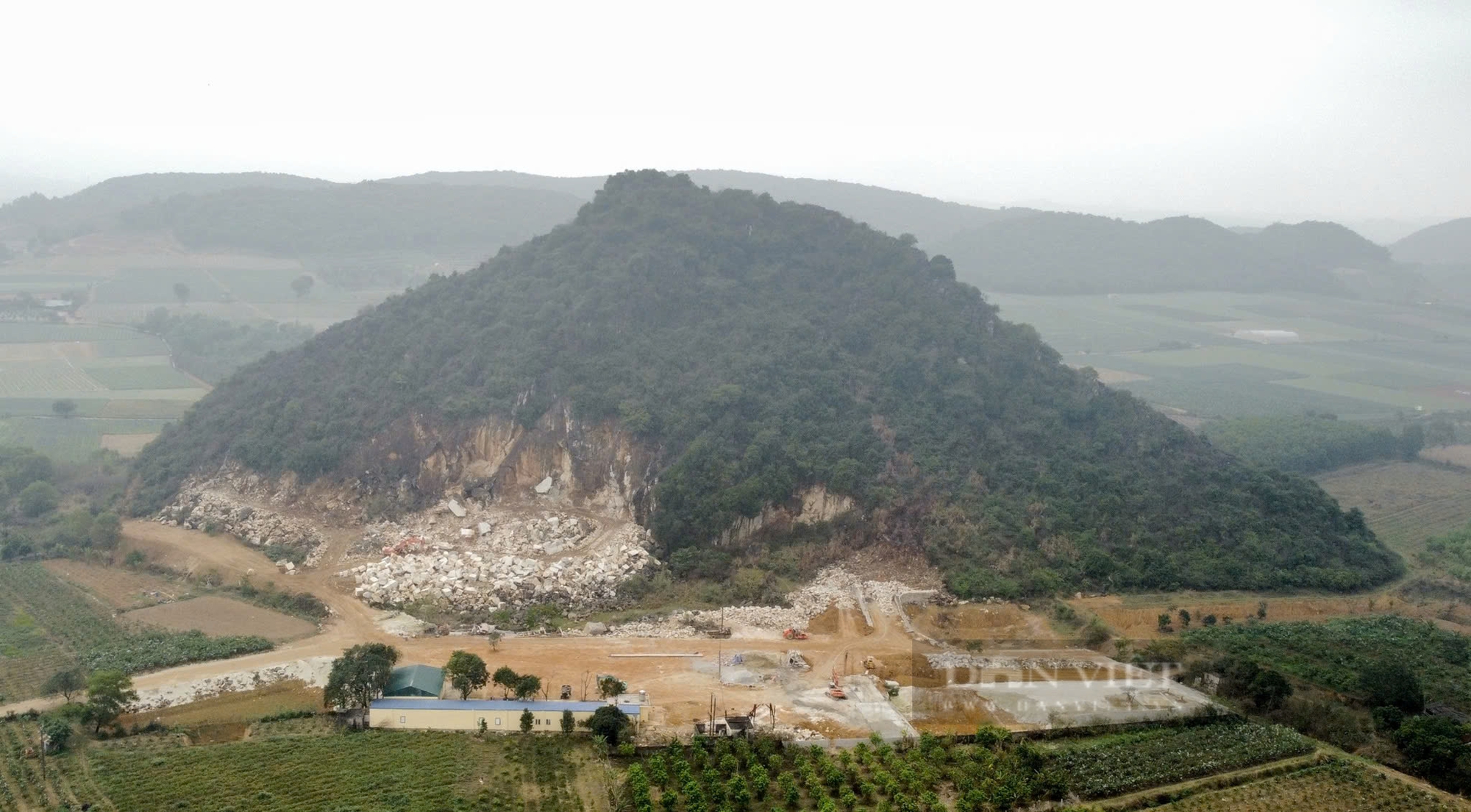
Dun Cave (also known as Dun Mountain Cave) is located in Ha Long commune, about 12 km from the center of Ha Trung district and about 40 km from the center of Thanh Hoa province.
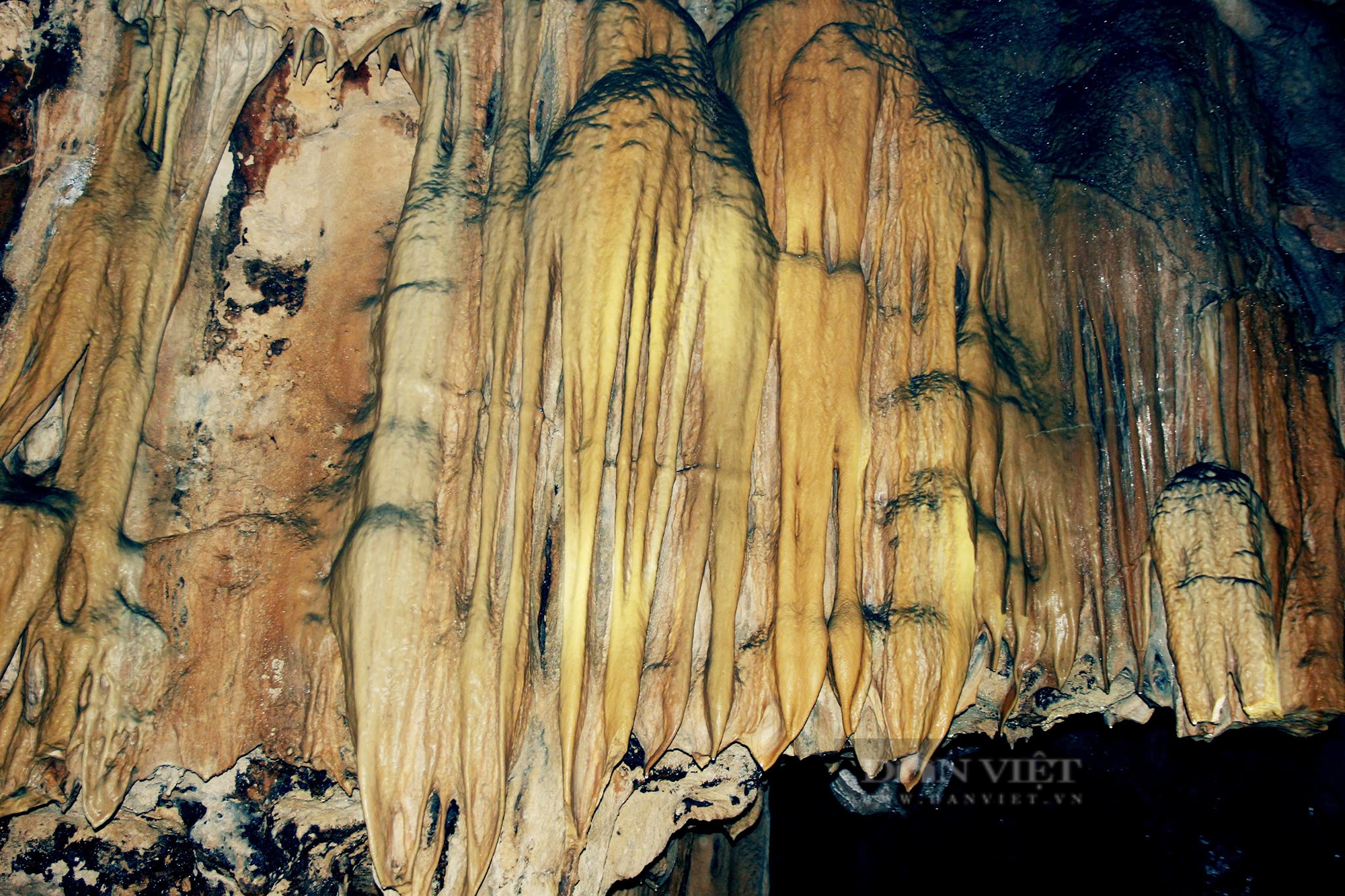
Dun Mountain Cave only really received attention when in April 2024, a quarry company discovered the entrance to the cave during its mining operations. After discovering the cave, the People's Committee of Ha Trung District coordinated with the Department of Culture, Sports and Tourism, the Department of Natural Resources and Environment of Thanh Hoa and the People's Committee of Ha Long Commune to inspect the current situation.
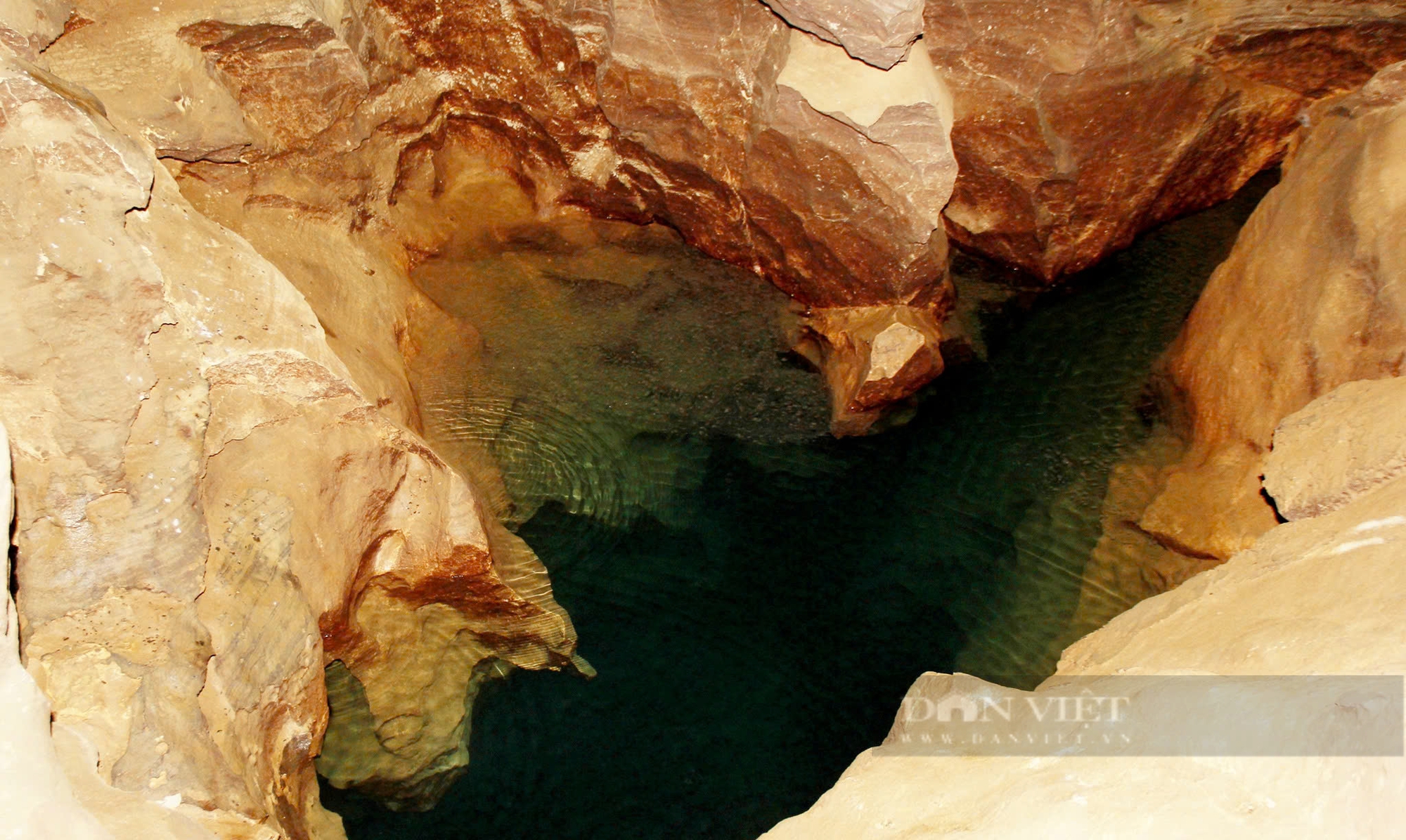
The cave at Dun Mountain was discovered by local people a long time ago. This used to be a shelter for people during the two resistance wars against France and the US, and was a source of water for irrigation for the people of the three villages of Nghia Dung, Khac Dung and Gia Mieu of Ha Long commune.
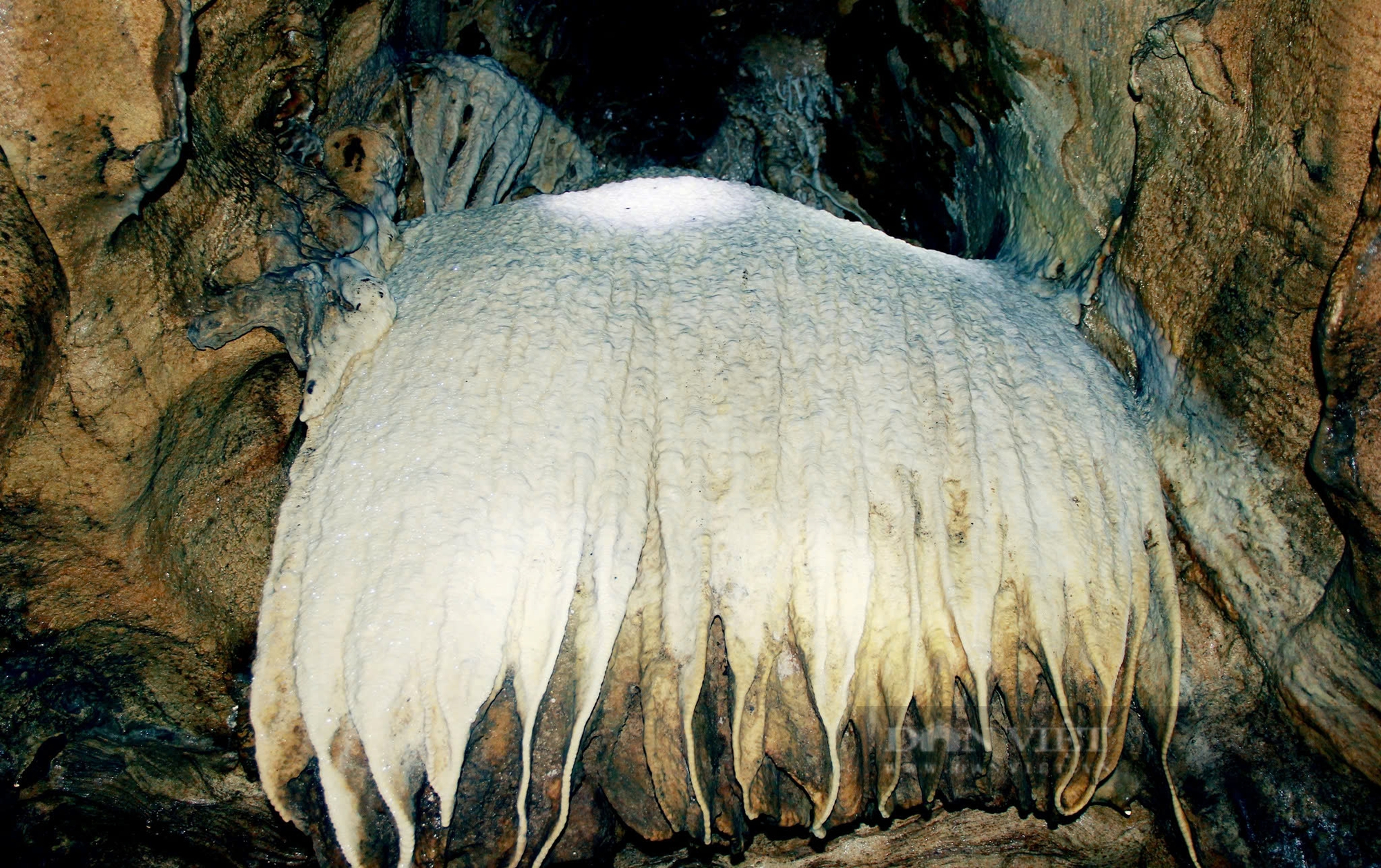
The results of the actual survey and the organization of the initial conference show that Dun Mountain has a scale and area of about 6.5 hectares, located in the planning for exploration and exploitation of minerals for common construction materials. According to the survey team, in Dun Mountain there is a cave about 70 m long, 50 m wide, 40 m high. The cave has 4 entrances in the East, West, South, and North. In the cave there are many natural stalactites, with an underground water source flowing into the provincial relic area of Ben Quan Lake...
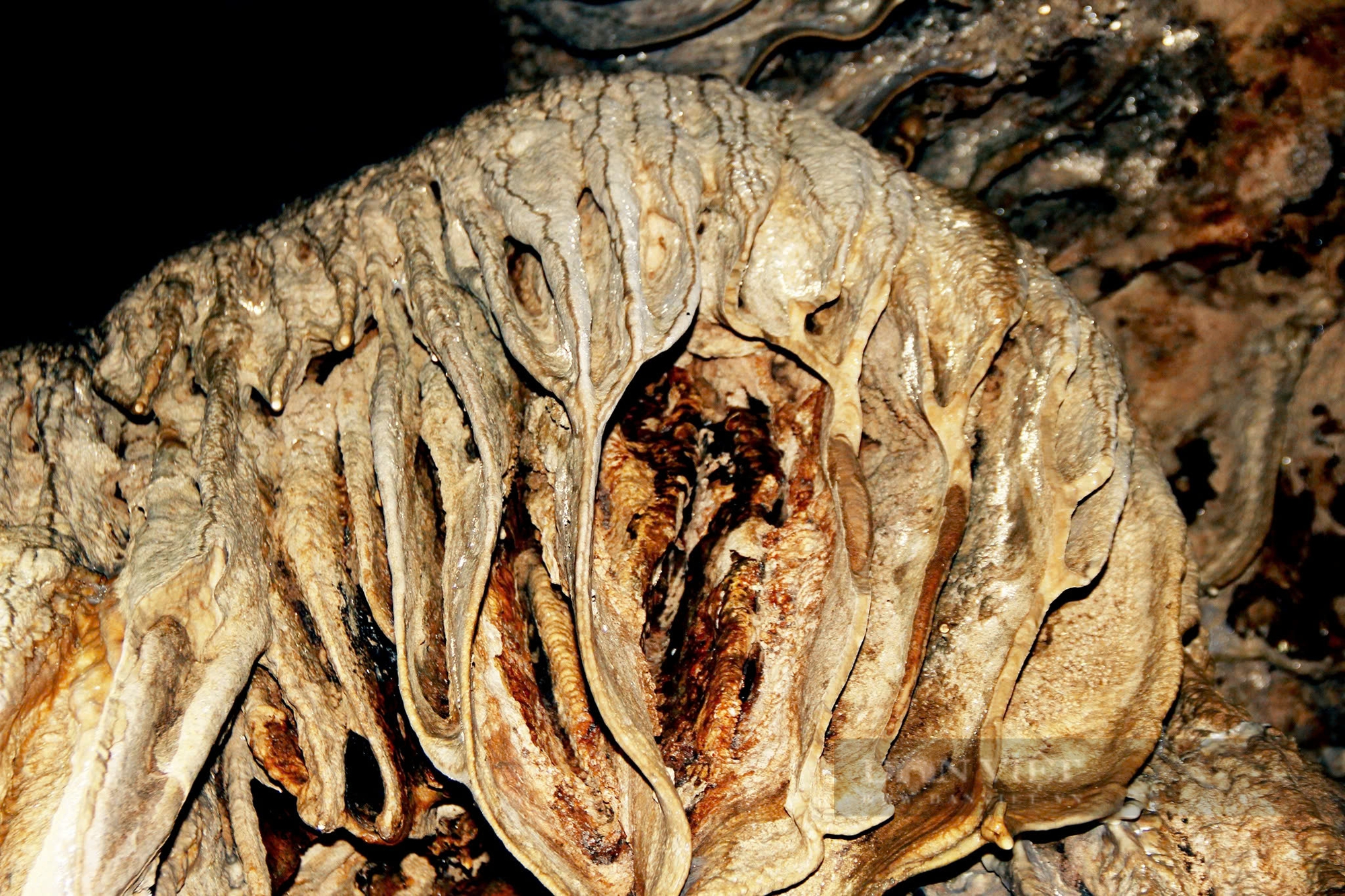
This is a new discovery, suggesting the possibility of preserving, researching, and exploiting cultural values, scenic spots, and tourism in the district. Immediately after receiving the proposal from the People's Committee of Ha Trung district, the People's Committee of Thanh Hoa province decided to temporarily suspend stone mining at Dun mountain.

Beautiful stalactites in Dun mountain cave.
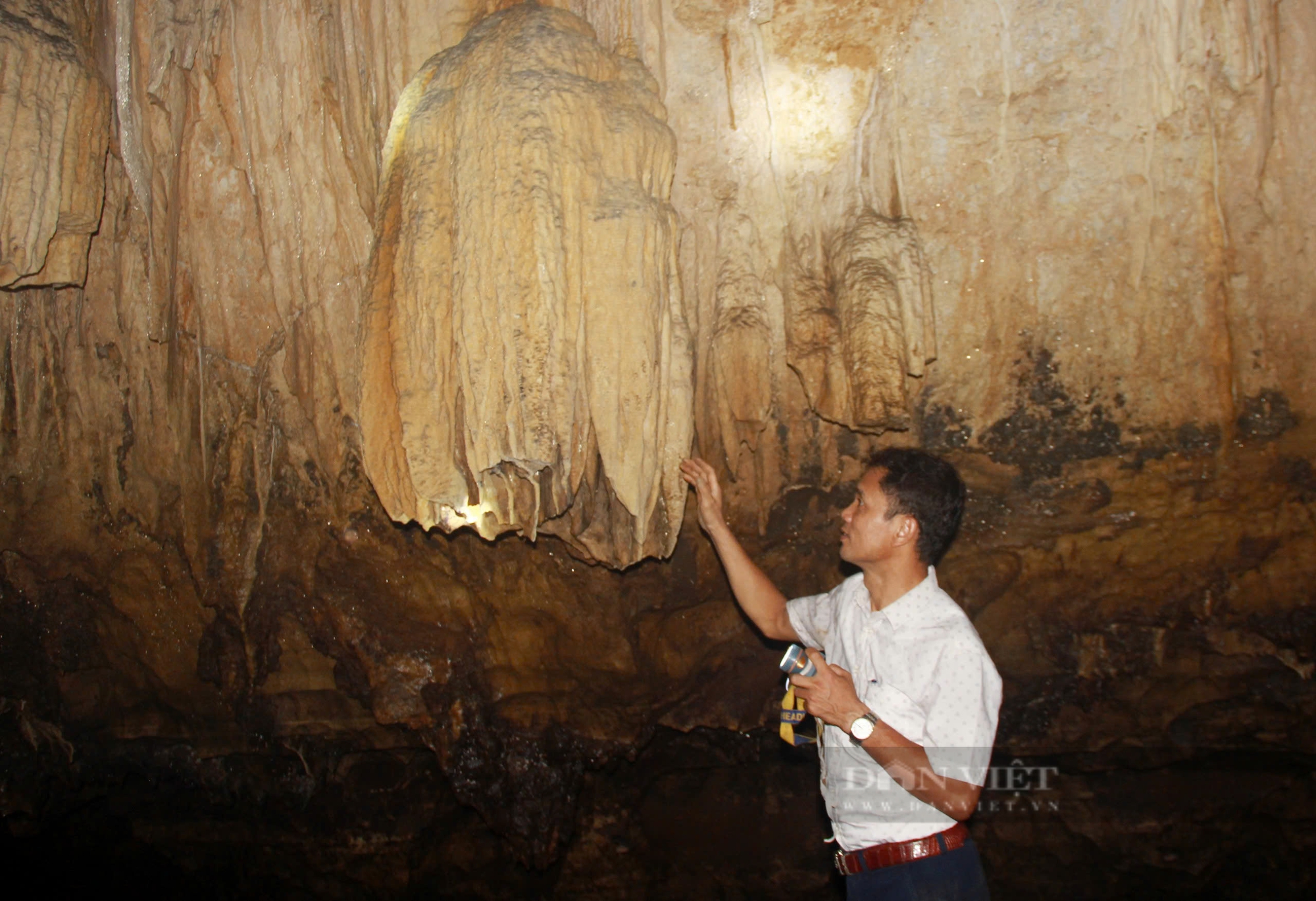
This place contains relics and archaeological artifacts from both prehistoric and historical times, proving that many periods of time people used this cave as a temporary residence to avoid natural disasters, enemies or as a military base during historical wars.
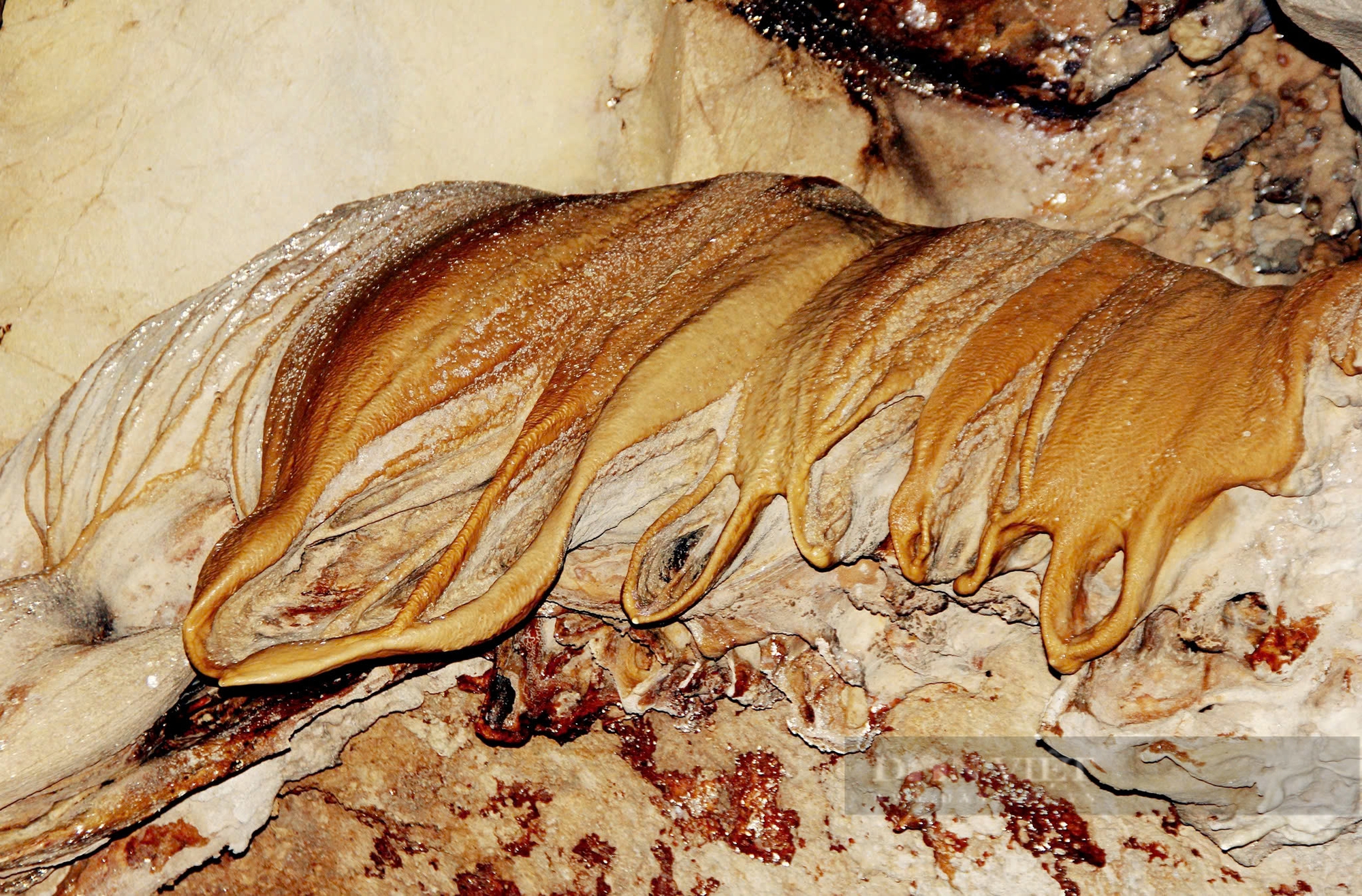
In addition, the richness, diversity, beauty and uniqueness of the stalactite system in the cave will be an attractive destination for tourists to visit and enjoy if preserved.
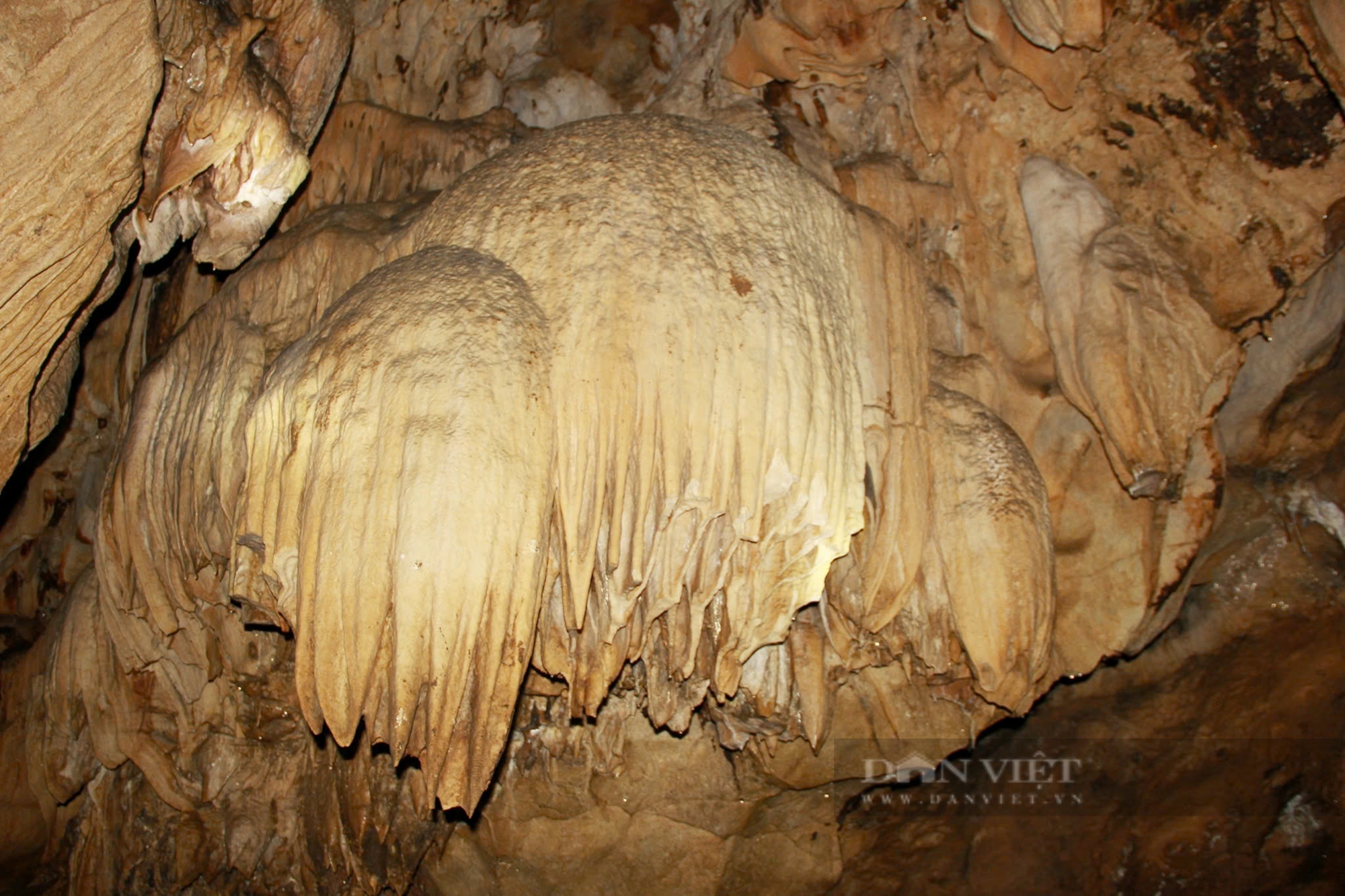
Dun Cave contains dual values of both natural heritage and cultural heritage. Dun Mountain has a close connection, located in the space of Trieu Tuong Mountain area - where the national relic of Trieu Tuong Mausoleum is located. This place contains relics and archaeological artifacts of both prehistoric and historical times, proving that many periods of time people used this cave as temporary residence to avoid natural disasters, enemies or as a place to station troops in historical wars.
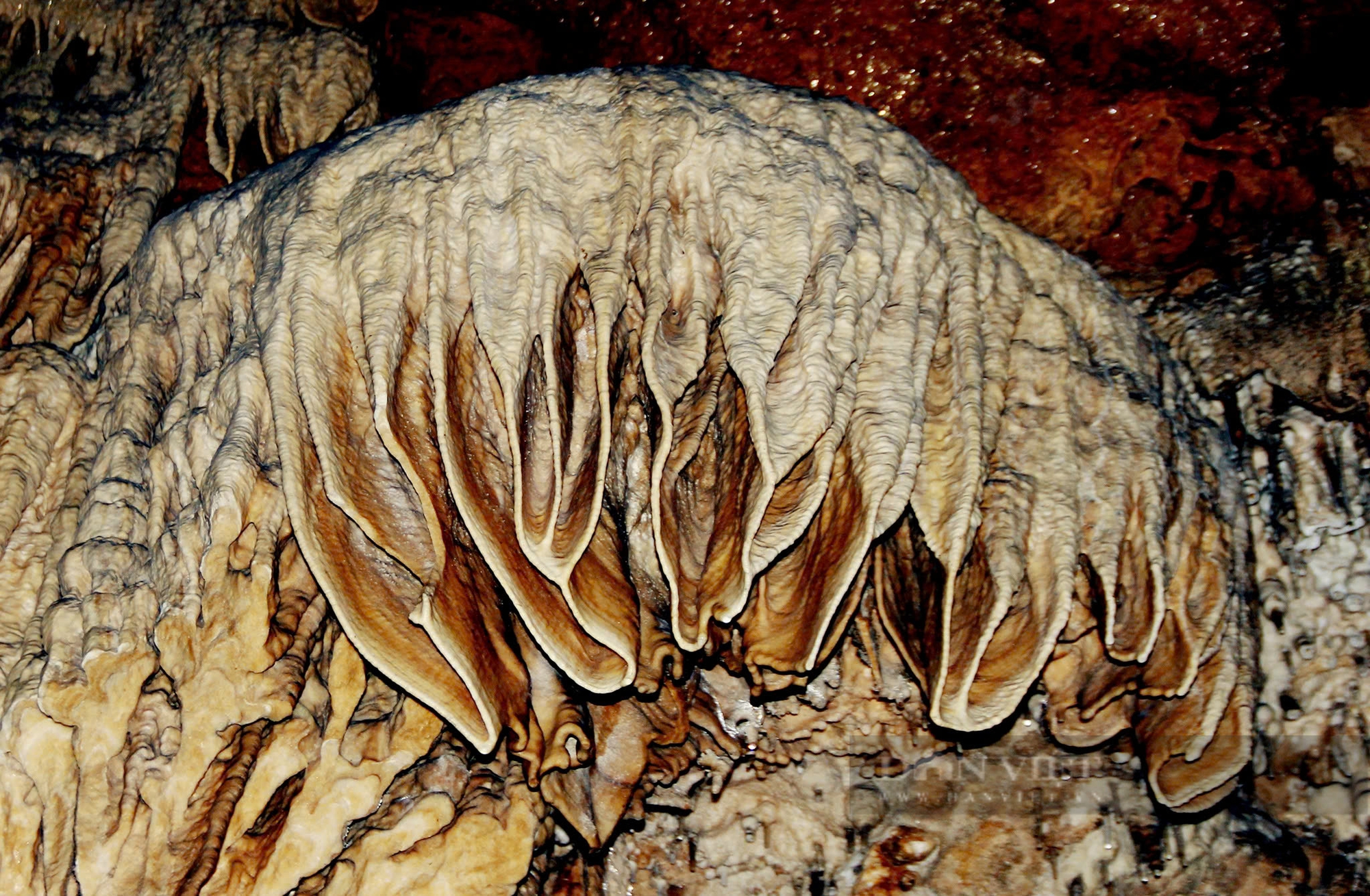
Not only does it have a beautiful stalactite system, Dun Mountain Cave also has many relics of prehistoric and historical pottery.
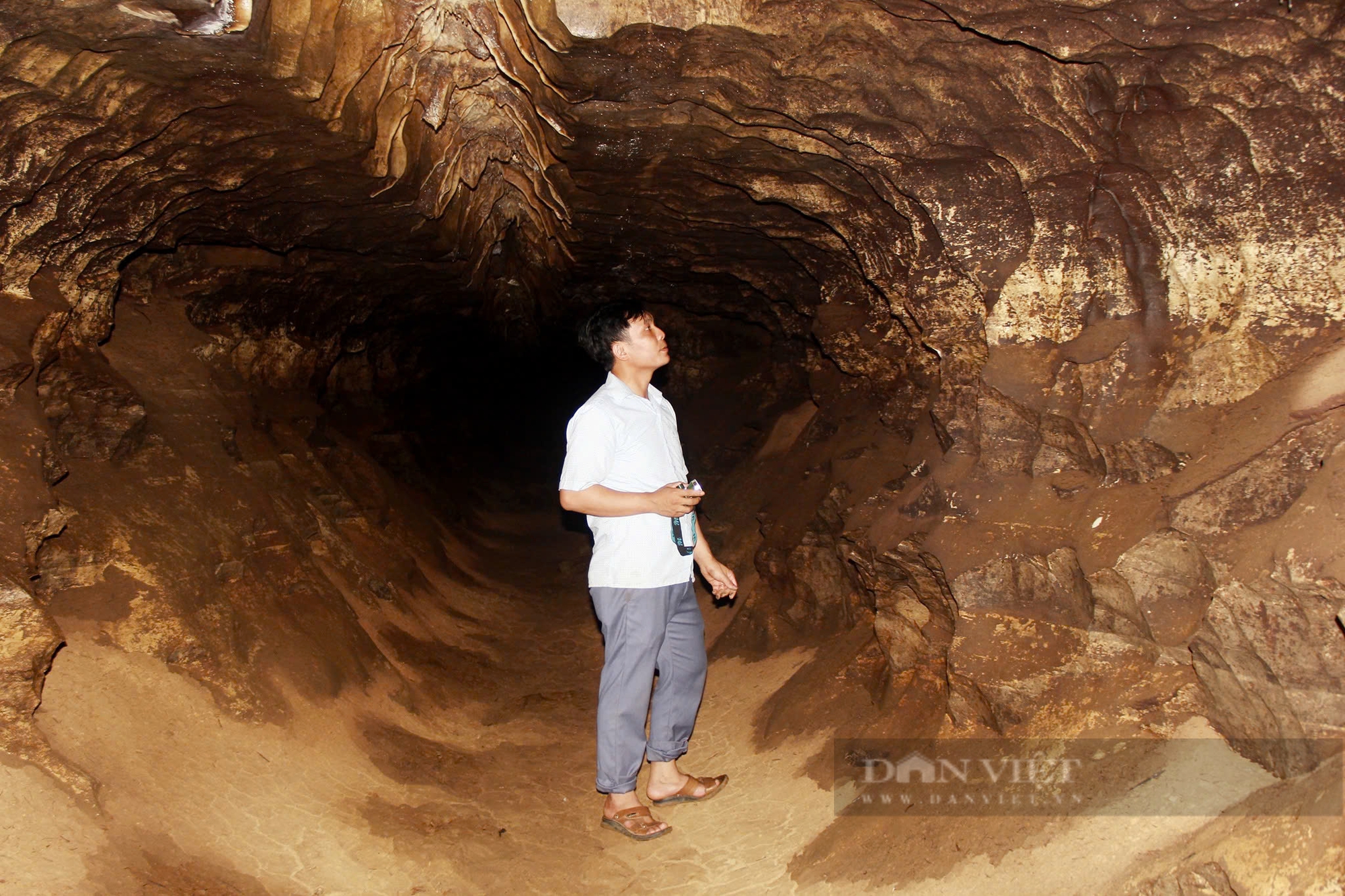
Dun Cave has discovered many archaeological relics from many different periods, all of which are ceramics. Through collecting 17 pieces of prehistoric ceramics, scientists determined that all were in a broken state, including 3 mouth pieces and 14 body pieces with two different types. The outer type is dark gray/yellow gray; the ceramic bone is rough, dark gray, low firing temperature so the ceramic bone is quite friable; these could be relics from the late Neolithic period - early Metal period, dating back about 5-4 thousand years ago.
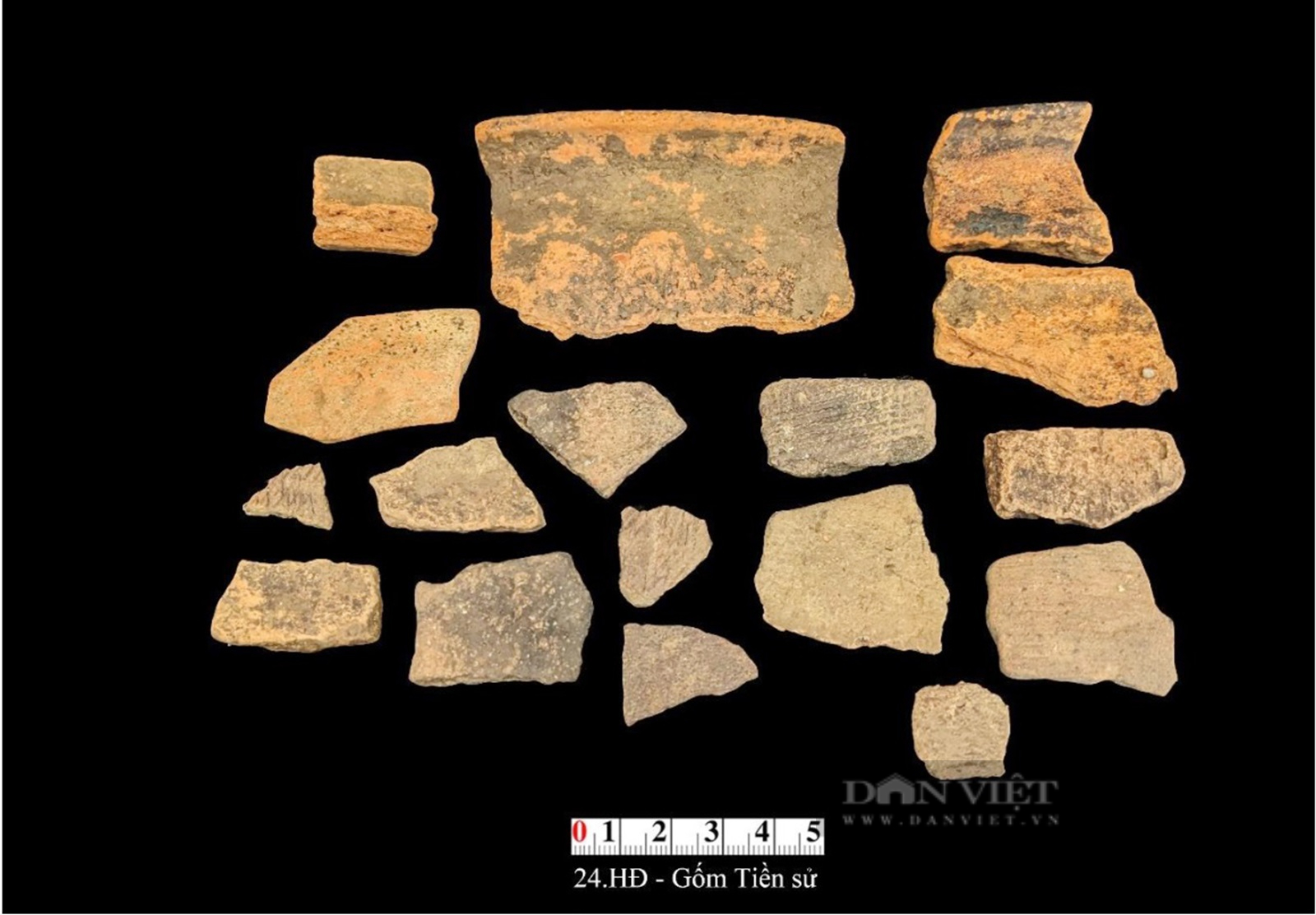
The second type has a reddish brown surface mixed with a lot of milky white or dark brown sand, these may be relics from the Pre-Dong Son - Dong Son period in the Ma River basin, dating back about 4-2 thousand years ago. The ceramic bones are grayish brown/grayish yellow, quite rough, mixed with small sand grains, the ceramic bones are less friable but not yet solid. Historical ceramics with Tran Dynasty glazed wares (13th - 14th centuries); Early Le Dynasty glazed wares (15th - 16th centuries); Later Le Dynasty glazed wares (17th - 18th centuries); Tran Dynasty ceramic wares (13th - 14th centuries); Early Le Dynasty ceramic wares (15th - 16th centuries); and terracotta wares.
Useful
Source: https://danviet.vn/can-canh-thach-nhu-tuyet-dep-va-gia-tri-tai-hang-nui-dun-noi-thanh-hoa-vua-cam-khai-thac-khoang-san-20241030083906111.htm








![[Photo] General Secretary To Lam attends the 80th anniversary of Vietnam's diplomacy](https://vstatic.vietnam.vn/vietnam/resource/IMAGE/2025/8/25/3dc715efdbf74937b6fe8072bac5cb30)
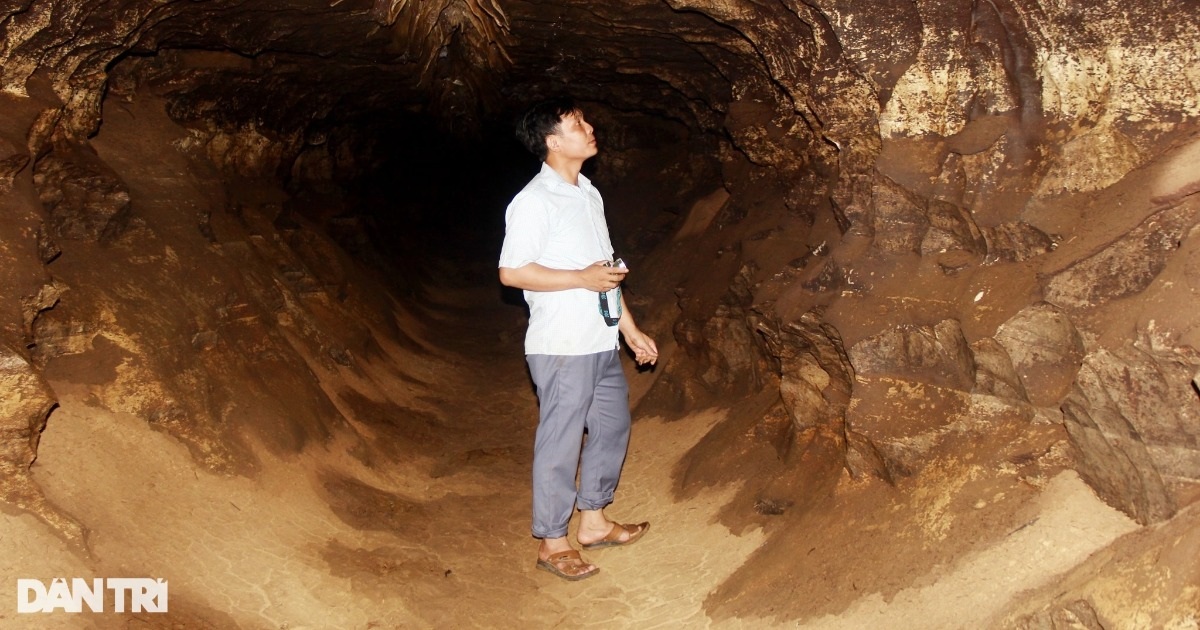

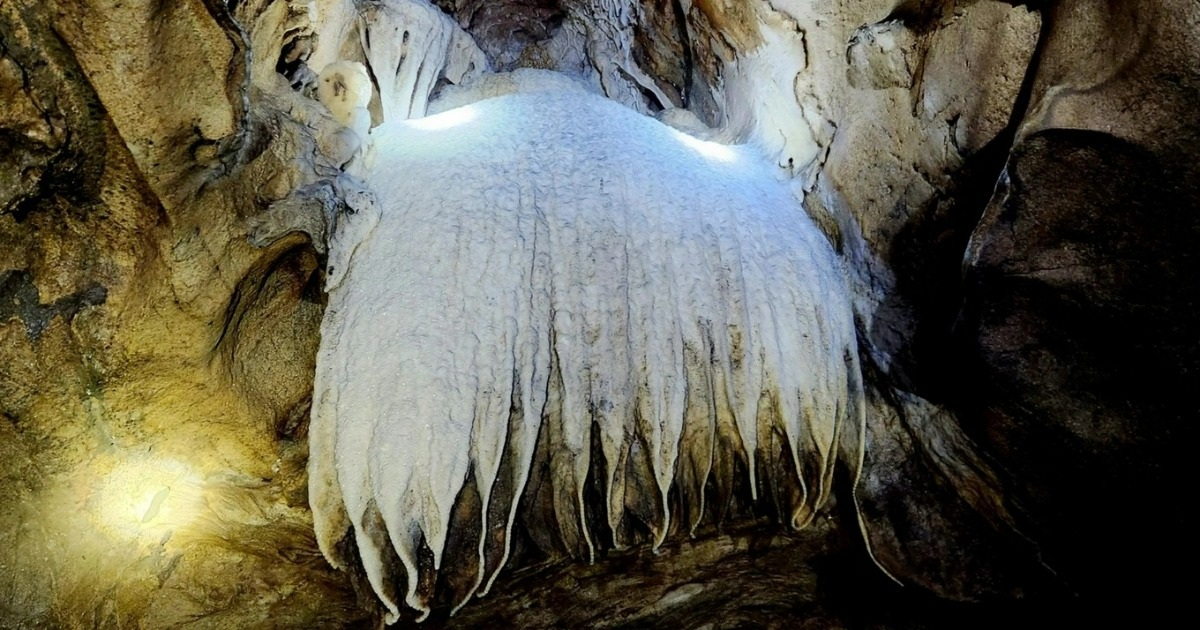
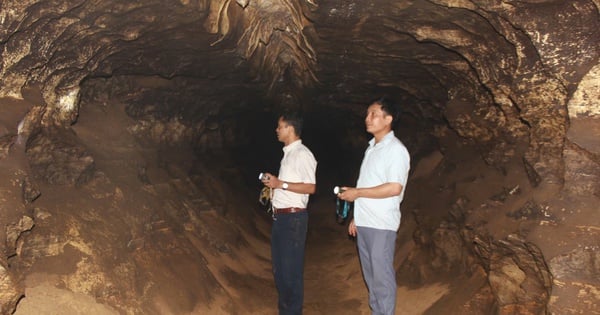


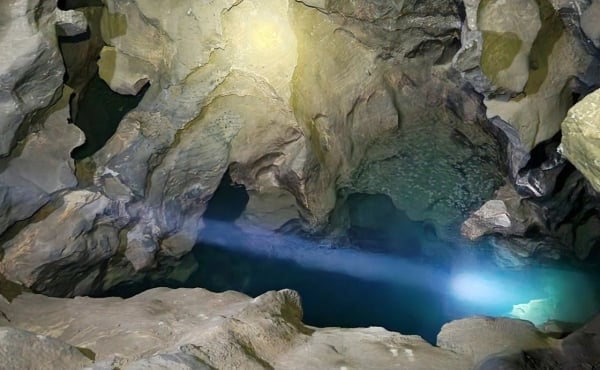




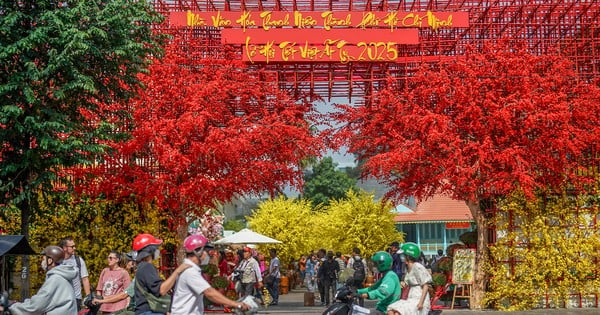


![[Photo] General Secretary To Lam visits and works in Bac Ninh province](https://vstatic.vietnam.vn/vietnam/resource/IMAGE/2025/1/19/86709654ad064c7ab2fe85ce4008794e)

![[Photo] Vietnam women's futsal team leaves for Myanmar to attend 2025 Asian qualifiers](https://vstatic.vietnam.vn/vietnam/resource/IMAGE/2025/1/18/c4ae0dd0c1c048ce88deaf74586c9c07)







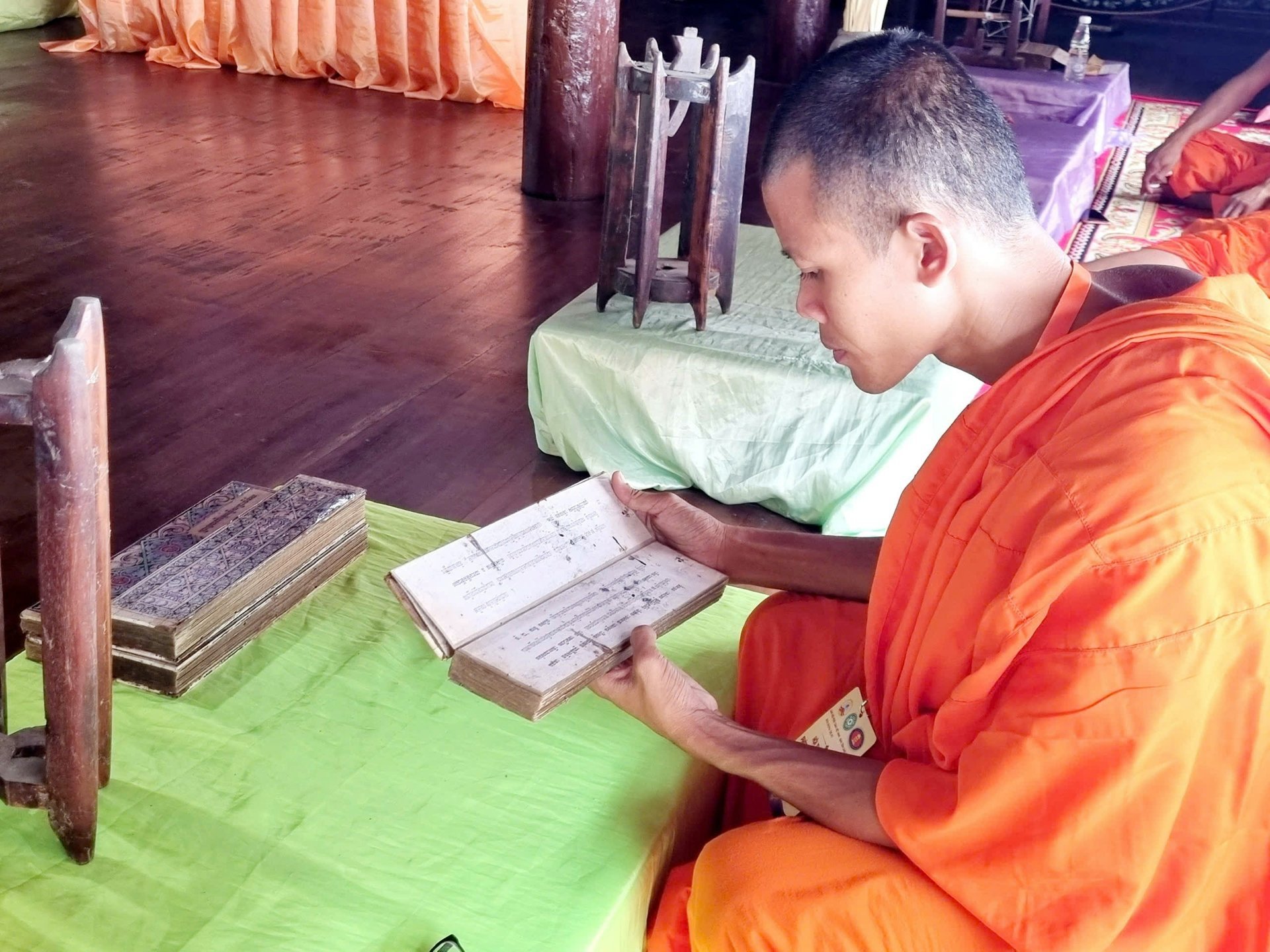

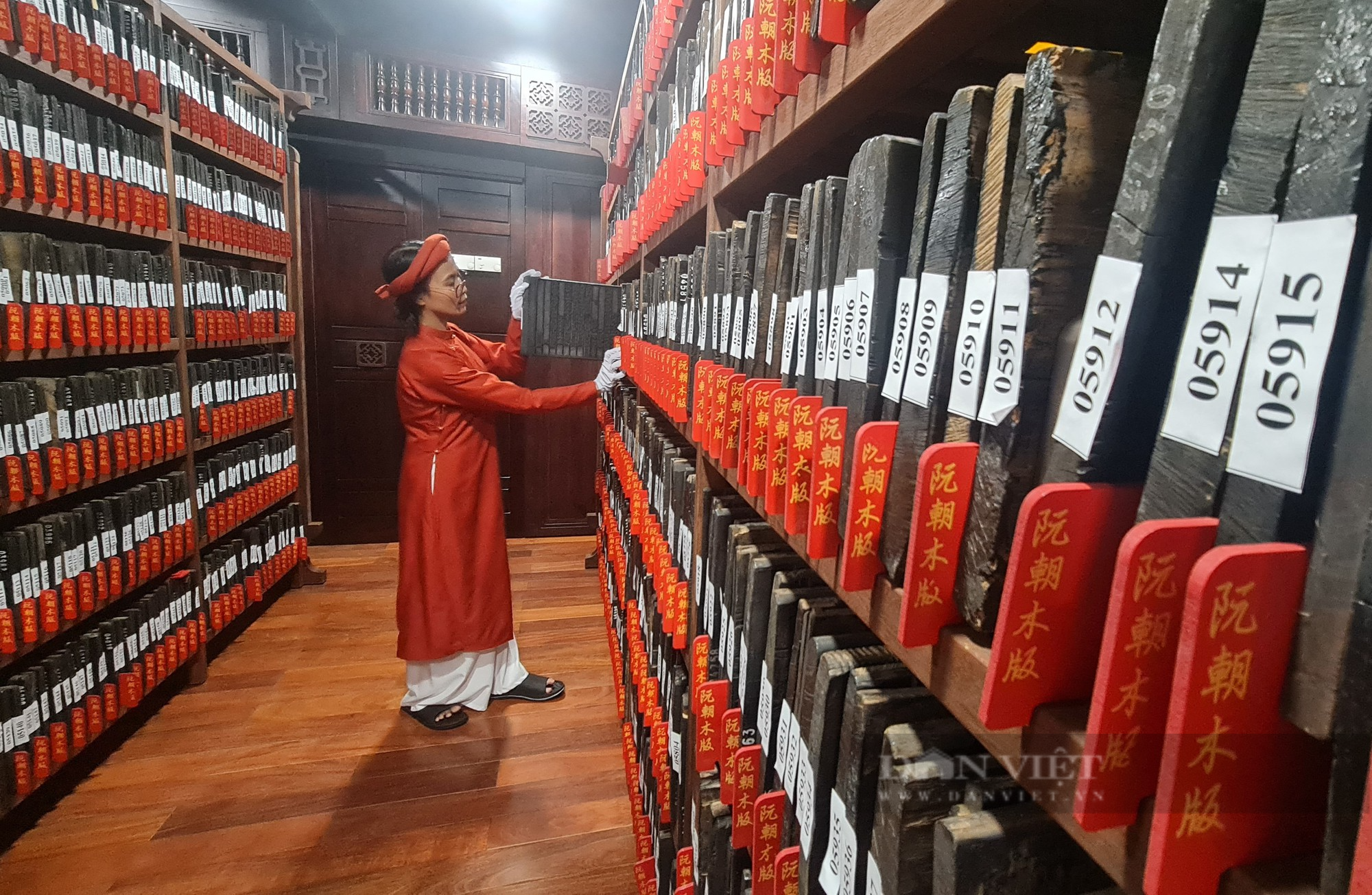


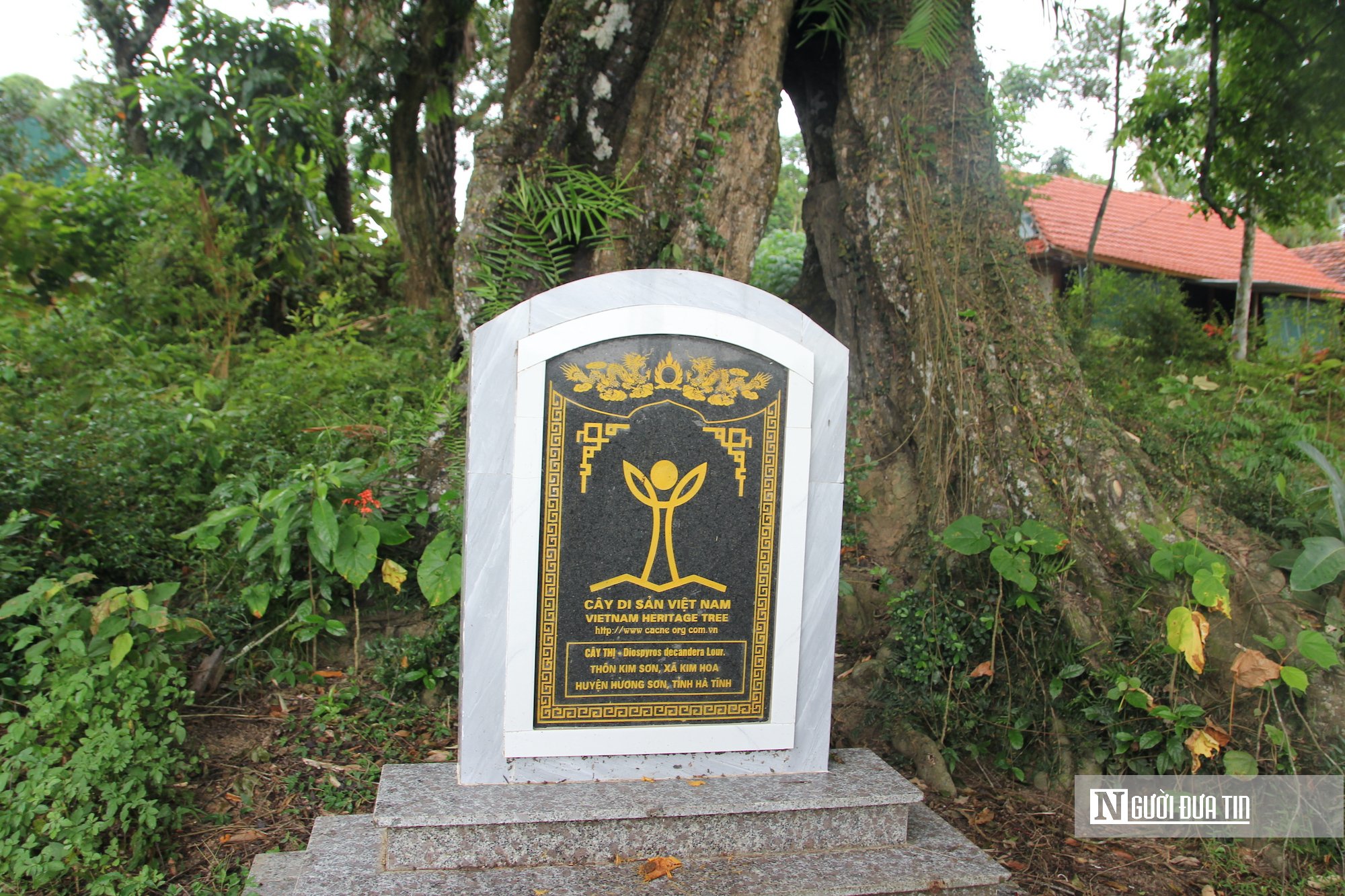



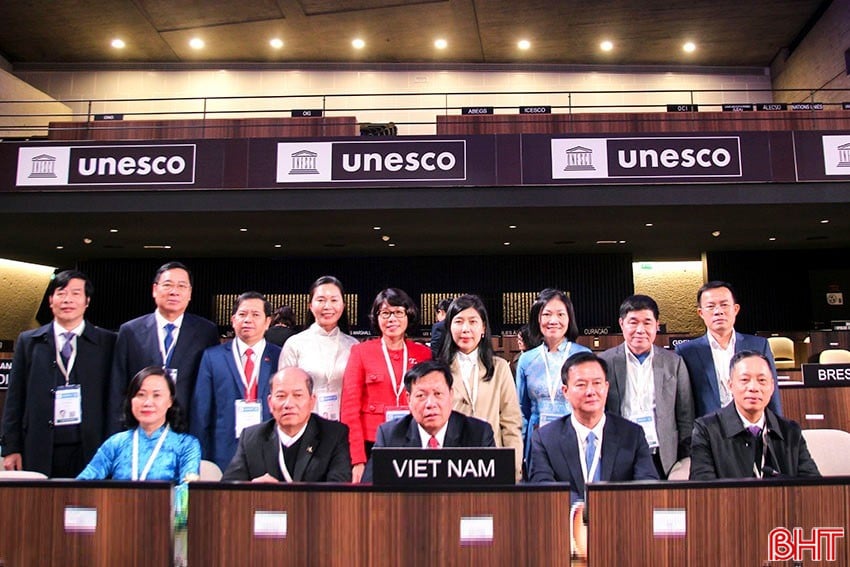

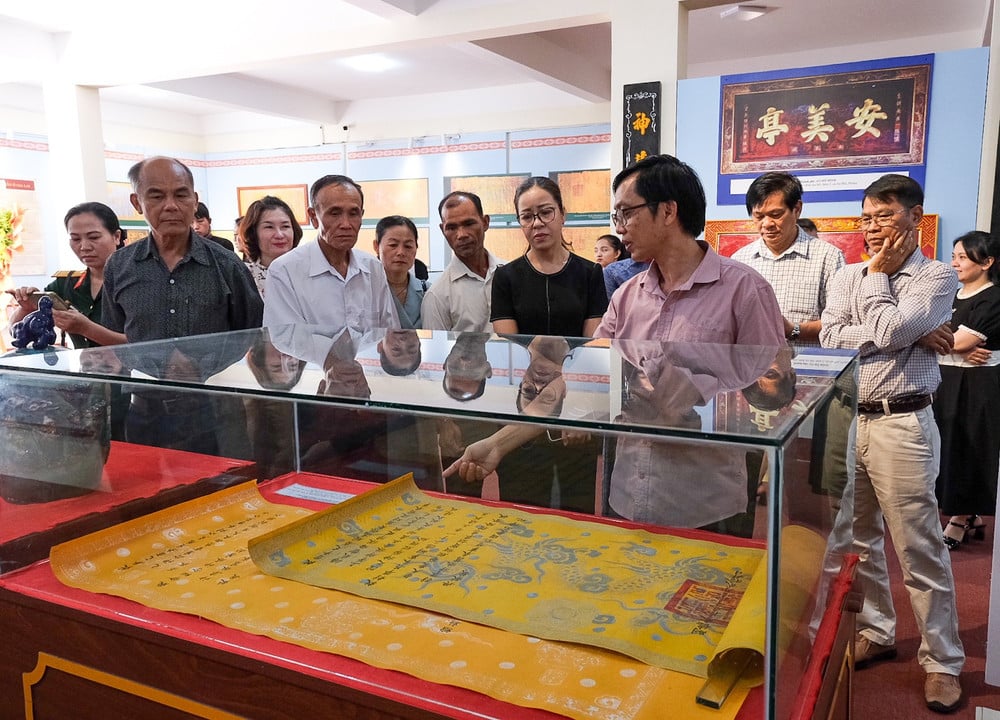

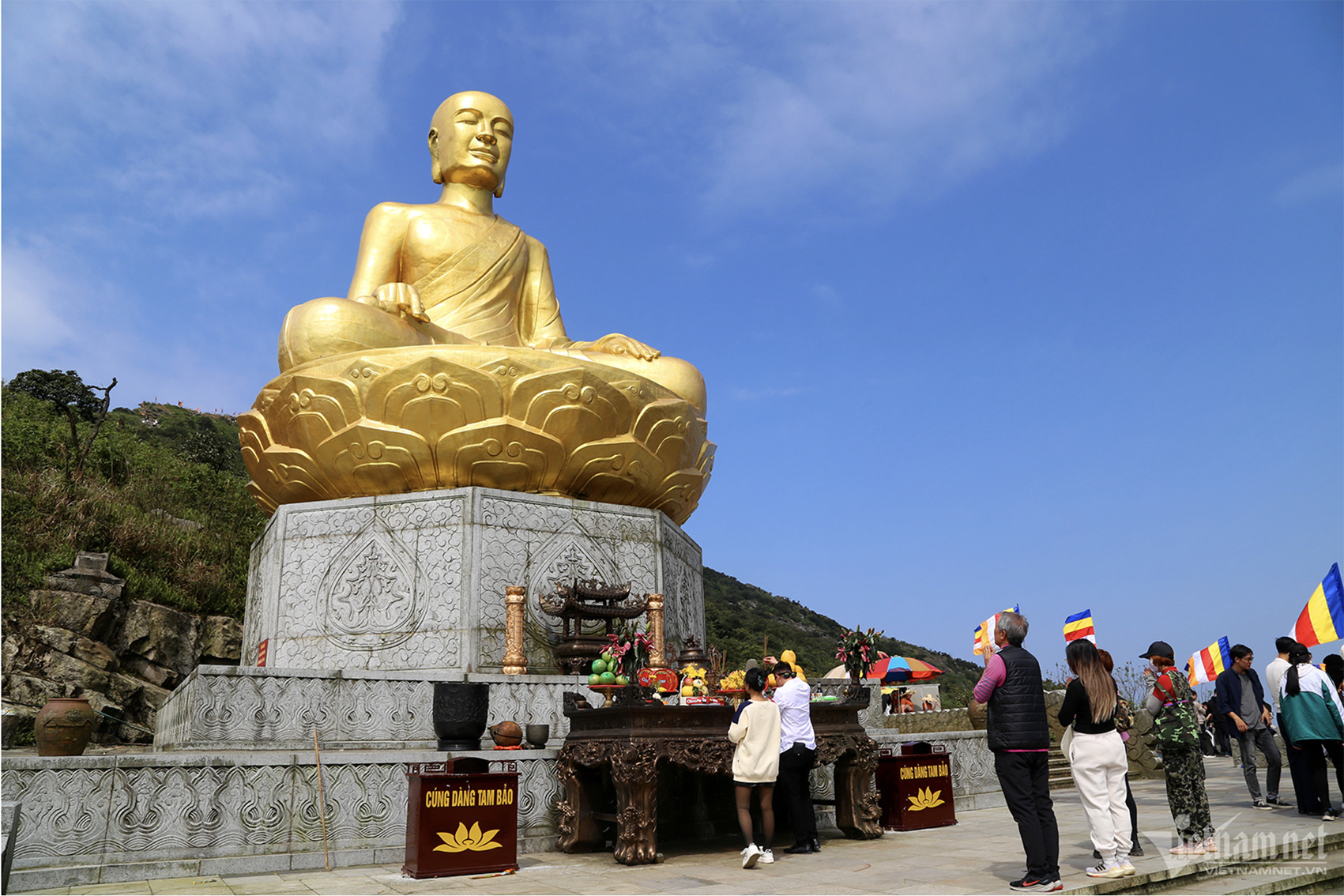

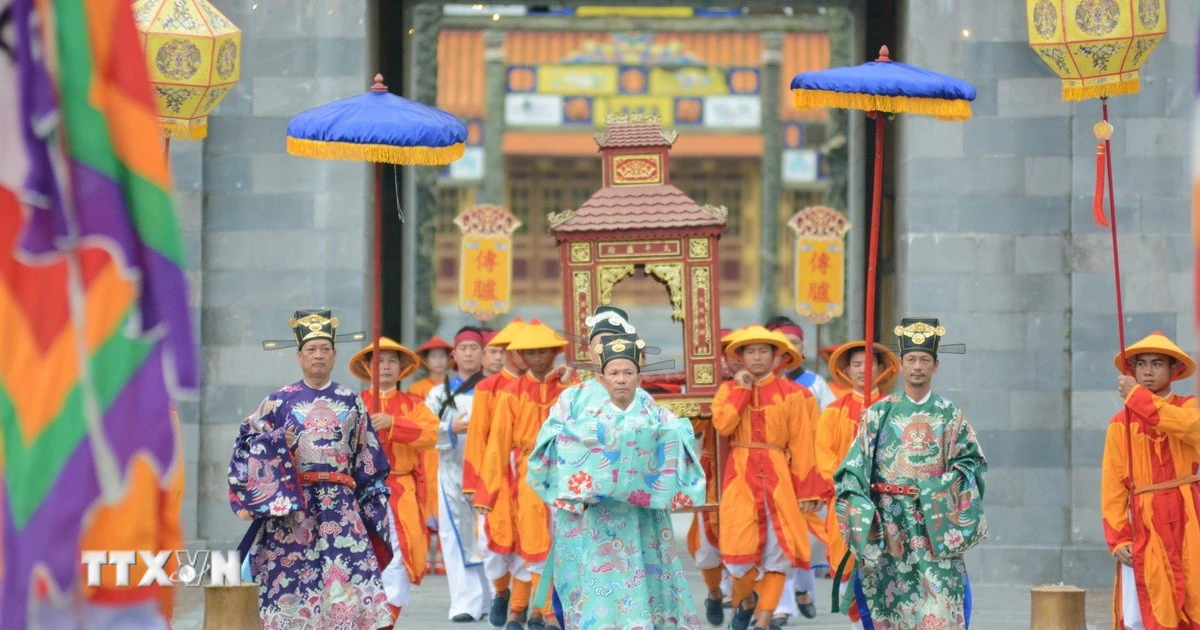







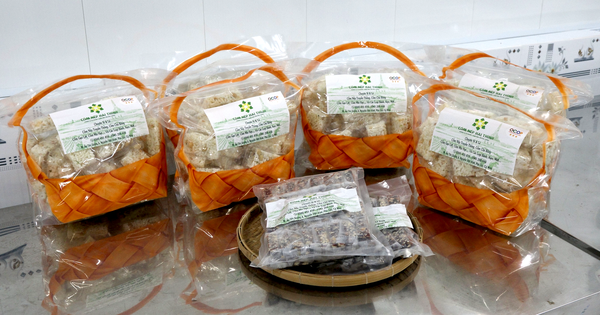















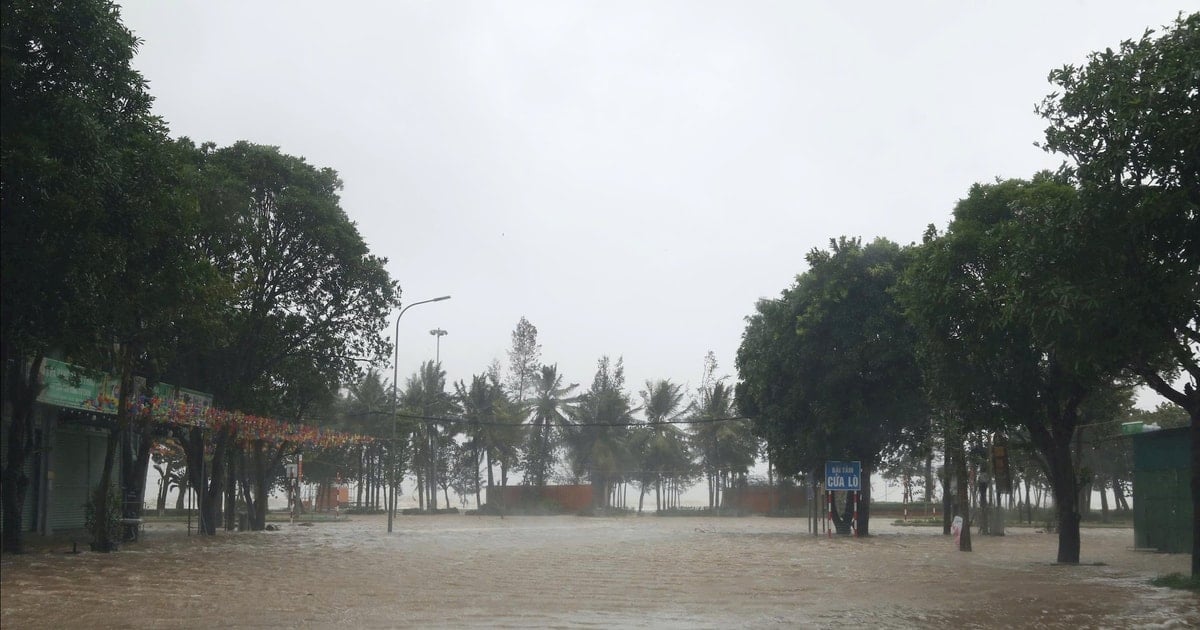















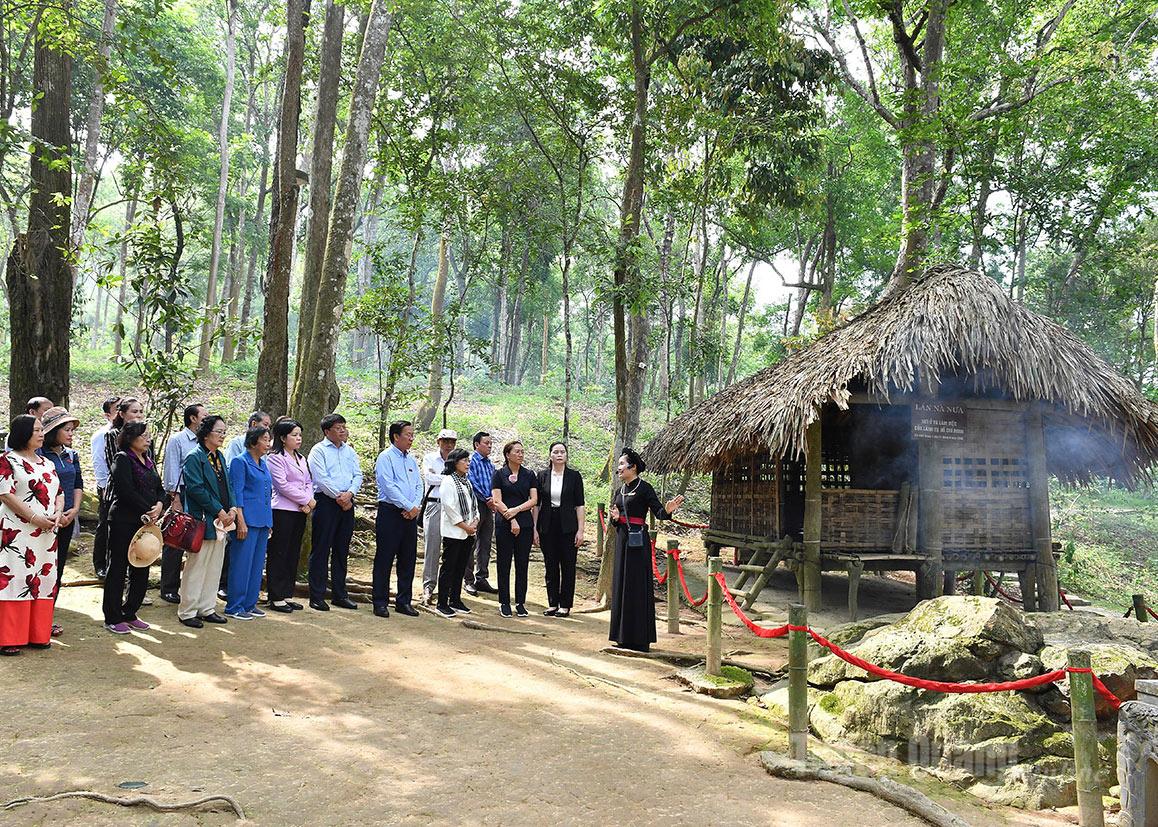
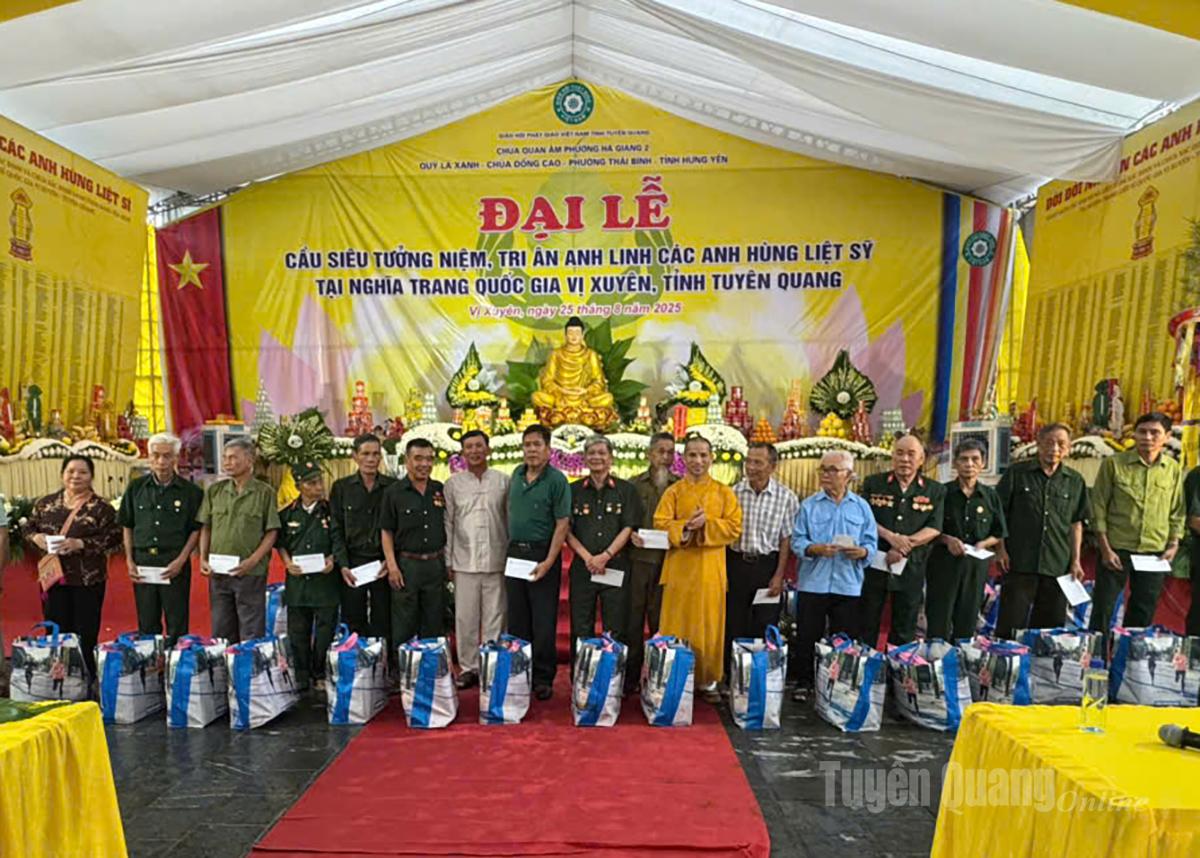





















Comment (0)